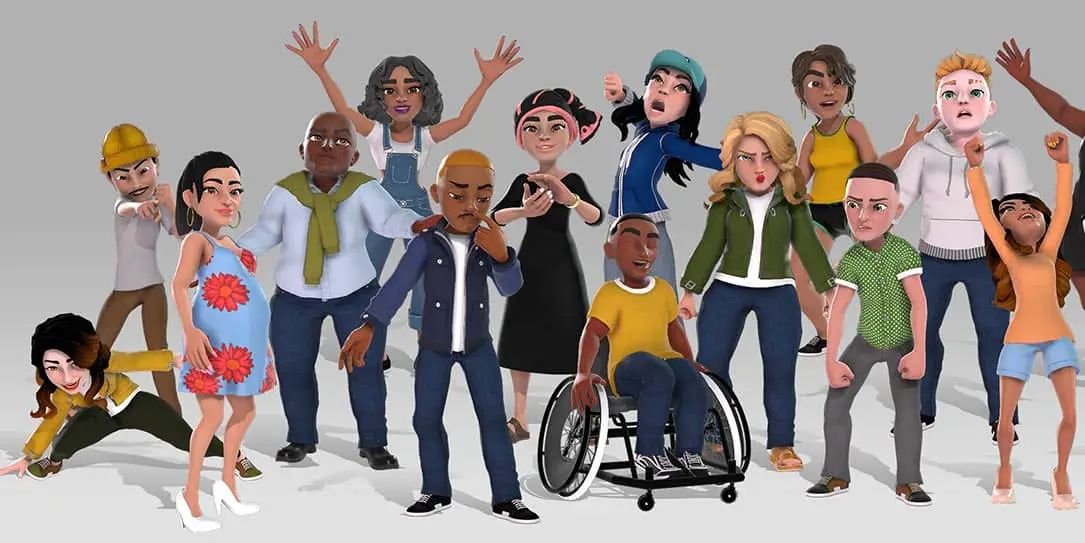You have already made use of your online avatar today. Take a look at your email account settings or your social media page; unless you’ve neglected to update your profiles, your chosen simulacrum establishes your identity in a quick and straightforward way.
Estimated reading time: 4 minutes
The history of these image-based personas stretches back to ancient days when long-dead civilizations carved powerful images of heroes and pharaohs into stone. This article, however, will cover the modern iterations of those images, from the earliest days of the web to social media’s curated realities.
Early graphical representations
In the 1970s, scientists Steve Colley and Howard Palmer at NASA designed MazeWar, a multiplayer game played via the Internet pre-cursor ARPANET. The original avatar, a stand-in for the player within the gaming space, appeared as a cartoon eyeball gazing in the direction of the player’s movements. Some historians suggest that MazeWar serves as the original ancestor of the first-person shooter genre, although the recognizable genre of FPS games didn’t coalesce until much later.
Character development in managed worlds
Ever since game designers Ernest Gary Gygax and David Arneson published the first version of Dungeons & Dragons in 1974, turn-based strategy games have enjoyed extensive popularity and numerous references in popular culture. Players create and enact characters that serve as their avatars on the quests and campaigns created by the Dungeon Master.
The popularity of this fantasy-based genre and turn-based strategy translated well into the world of virtual multiplayer gaming. In 1991, AOL released Neverwinter Nights, the first online graphical role-playing game. Players used various options to customize avatars to interact with the game’s features and with other players.
Other games requiring avatars soon appeared on the scene, coming from a variety of genres:
- World-Building: The Sims, SimCity
- MMORPGs: EverQuest, World of Warcraft
- Real-Time Strategy: Age of Empires, Empire Earth
Online games require users to input personal information and share that information with extensive servers. Fortunately, SSL certificates can help secure private information. What is an SSL certificate, and how does it provide information security for gamers? When players access the game, the public key in the server’s secure socket layer certificate attempts to establish a relationship between client and server. The SSL certificate creates an encrypted channel for the gaming session upon server identity validation.
Interactive and customizable digital personas
As the influence of the online experience grew beyond the bounds of the gaming world, a more general audience began to seek new ways to interact with the digital world. Highly customizable avatars formed the cornerstone of a new entertainment genre: Virtual world-building. Games like SecondLife used community-building as the integral component of the experience.

The avatar options ranged from standard physical features and clothing to fantastical add-ons like wings or non-standard skin tones. Inside these virtual spaces, participants found ways to safely express their personalities and discover new components of themselves using an avatar.
Social media verisimilitude and brand creation
Sometimes referred to as “Web 2.0,” social media has come to dominate the virtual landscape ever since the release of Facebook in 2004. Although not a gaming environment, social media sites offer similar opportunities for identity curation and personal brand development. Users add profile images to establish a set identity, adding material to their feeds to develop it further.
While social media purports to offer real-time glimpses into the lives of its users, most people engaged in them recognize the weak correlation between reality and the avatar presented in a profile picture. Some of the disparity feels appropriate, particularly on sites devoted to business networking and commerce. Alternatively, one might attribute the rapid increase in sharing misleading information on social media to the ready anonymity that avatar-based settings provide.
Identity creation of the future
Social media and online gaming set the stage for a future in which constructed avatars will serve as a significant component of our overall identity. Then again, users may continue to use multiple avatars for their various social and professional contexts. The concept of “identity” continues to be greater than the sum of its parts.









